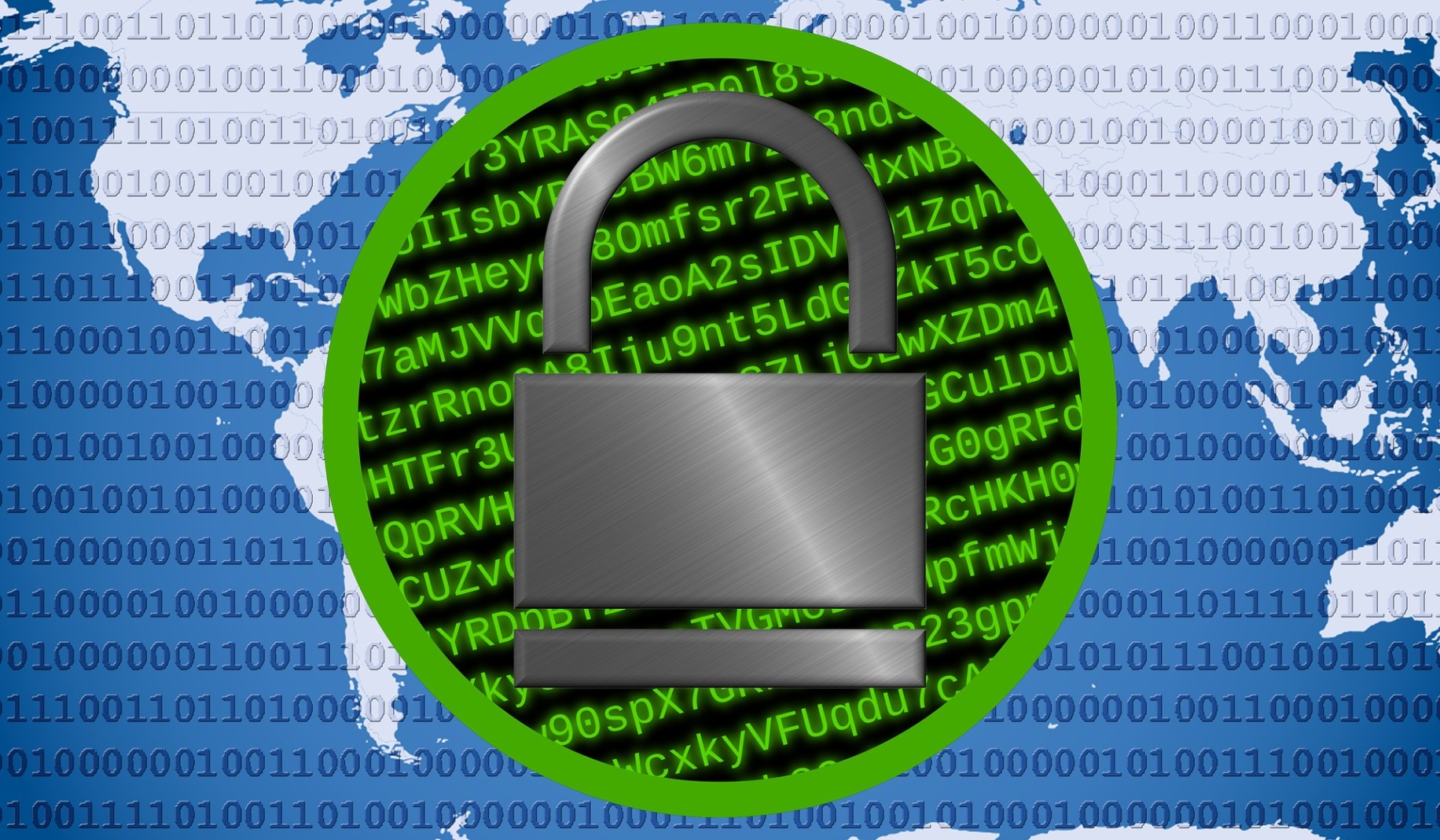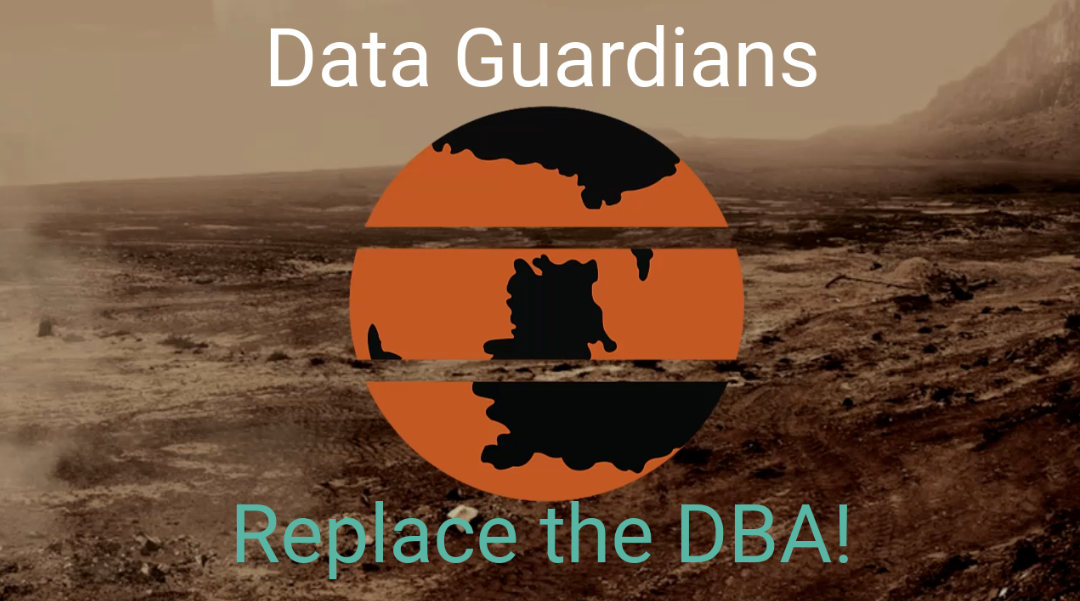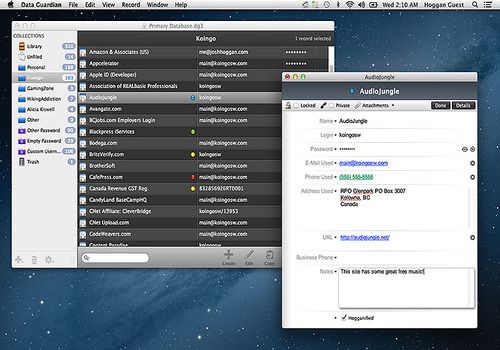

Last month, two undersea internet cables linking Taiwan’s main island with the Matsu islands were severed within less than a week. A fishing ship manned by two trained men or an innocuous looking fishing trawler, from which a simple iron anchor can be thrown to the bottom of the sea at the exact spot where the cable is lying has the potential to break the backbone of the information flow network of the intended country. All that it needs is coordinated effort at multiple pre-decided locations. This will disrupt everything-from banking transactions and medical services to air and land travel, online booking, media production and government functions.ĭamaging these cables, as some past incidents in the neighbourhood have shown, does not require advanced tools or weapons. To disrupt the internet connectivity in any country, including India and thereby bring the entire country to a halt, the enemy country or entity will just have to damage the majority of these cables, the path and exact location of which can be easily identified.

They are worried about the disruption that will be caused apart from the large scale financial loss from a similar sabotage of the undersea data cables.

#Data guardian series#
Once anything like this happens, the authorities are likely to be caught unawares.Īfter the series of bomb attacks that targeted the Nord Stream gas pipelines in the Baltic Sea in September last year-which the US believes were caused by Russian saboteurs, the proof of which has still not been shared-security agencies across European countries are now exploring options to safeguard these vital data cable installations. The possibility of the colossal damage that can be caused to India’s economy by simply sabotaging these undersea cables, however, does not seem to have registered among relevant offices in India. Apart from these cities, another international landing station is coming up at Mundra, Gujarat, while there are two domestic landing stations at Chennai that connect Andaman and Nicobar Islands, and one at Kochi, which connects the 11 islands of Lakshadweep.Īccording to data, in India, by the end of 2022, 17 international subsea cables landed in 14 distinct cable landing stations across the different cities mentioned earlier. In India, these submarine cables, which are a part of a global network of cables that carry data, “land” at multiple places-Mumbai, Thiruvananthapuram, Tuticorin, Chennai and Kochi. Over 95% of all the world’s digital data travels through undersea cables-a vast network of about 550 undersea-cable networks, lying on the sea-bed, measuring roughly 1.4 million kilometers, which is the size of a garden hose which covers and protects a human hair size filament that transfers all these data. One thousand gigabytes make 1 terabyte and 1,000 terabytes add to 1 petabyte.

NEW DELHI: By the end of 2021, the total volume of wireless data consumed by India was around 32,500 petabytes or around 32,500,000,000 gigabytes (GB).


 0 kommentar(er)
0 kommentar(er)
